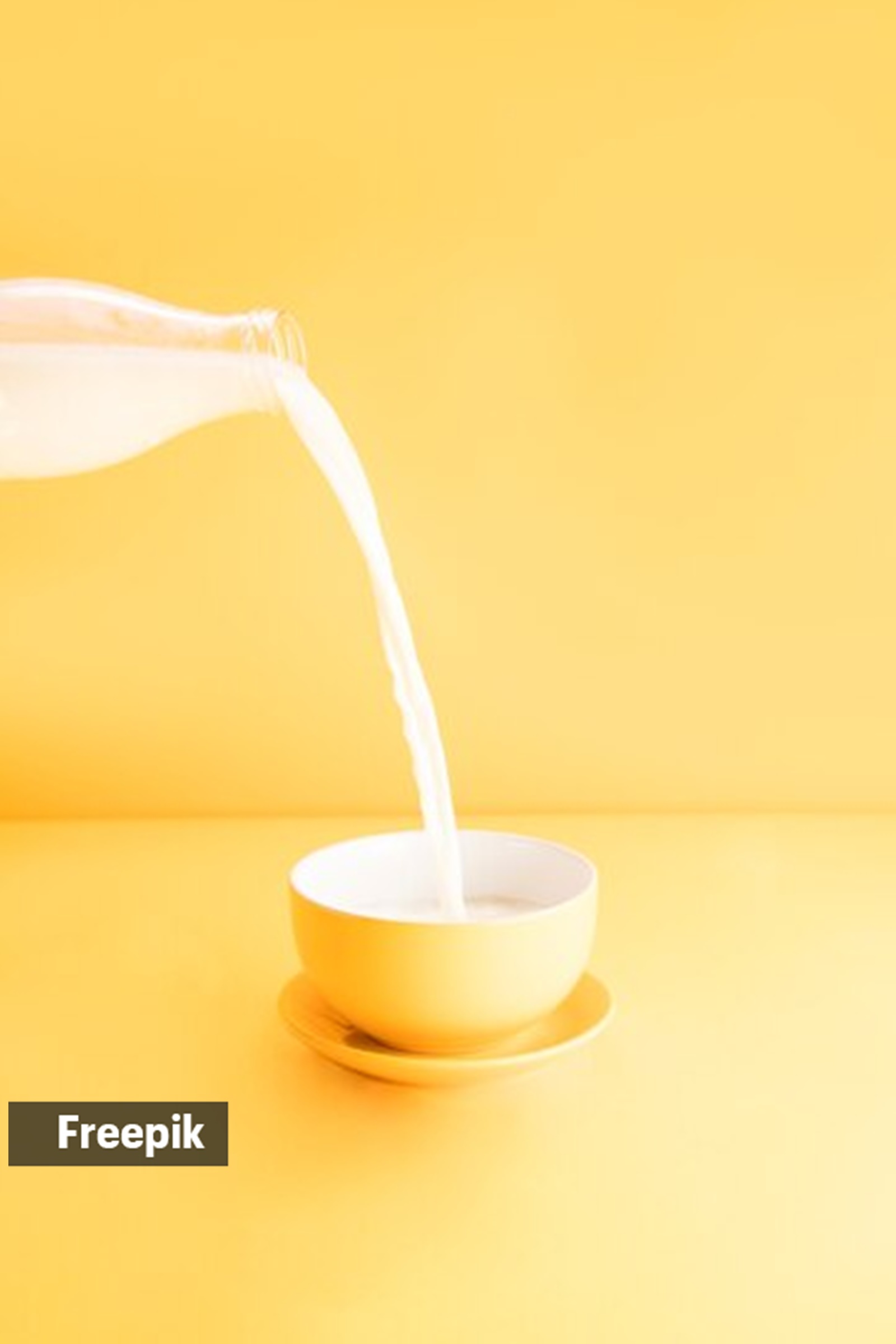Storing milk without a fridge is a handy trick for times when you don’t have access to refrigeration or want to save energy.
Digital creator Shashank Alshi reveals this hack in a reel posted on Instagram. “Boil milk and bring it back to room temperature, take room temperature water in a wide vessel, transfer the milk vessel to the one filled with water (sic),” he shares.

View this post on Instagram
A post shared by Shashank Alshi (@alshihacks)
Shubha Ramesh L, chief dietician at DHEE Hospital says, “While storing milk in room temperature water after boiling can extend its shelf life slightly without refrigeration, it is important to recognise the limitations and risks associated with this method.”
Effectiveness of storing milk in room temperature water
Immersing a milk vessel in room temperature water, Shubha says, creates a form of thermal insulation. Water has a high specific heat capacity, meaning it can absorb a lot of heat before it becomes warm. “This method can help maintain the milk at a more constant, slightly cooler temperature than the surrounding air, slowing the growth of bacteria that can cause spoilage,” she remarks.
She explains that the water helps to buffer sudden temperature changes in the environment, which can be critical in maintaining the integrity of the milk for a longer period outside of refrigeration.
How does boiling the milk before storing it without refrigeration help in maintaining its freshness?
“Boiling milk is a traditional method to kill potentially harmful bacteria and pathogens present in raw milk. By bringing milk to a boil, you significantly reduce the microbial load, thus extending the shelf life of the milk when stored without refrigeration,” Shubha confirms.
Boiling also helps in denaturing enzymes that could otherwise promote spoilage and souring of milk. This process can help in preserving the freshness and taste of the milk for a longer duration under non-refrigerated conditions.
 Even with initial boiling, storing milk overnight without refrigeration can be risky as it can still become a breeding ground for bacteria, (Source: Freepik)
Even with initial boiling, storing milk overnight without refrigeration can be risky as it can still become a breeding ground for bacteria, (Source: Freepik)
Risks and limitations of non-refrigerated storage
When storing and consuming milk without refrigeration, one has to be very careful of the following risks as stated by Shubha:
Bacterial Growth: Even with initial boiling, storing milk overnight without refrigeration can be risky as it can still become a breeding ground for bacteria that were not completely eliminated or that have been introduced after boiling.
Environmental Conditions: In hot and humid conditions, the rate of bacterial growth increases, making this method less advisable. Milk stored without refrigeration in such climates is more likely to spoil quickly.
Safety Concerns: This method should be used with caution, especially for young children, the elderly, or anyone with a compromised immune system, as these groups are more susceptible to foodborne illnesses.
Reheating and consuming non-refrigerated milk
In terms of food safety and quality, Shubha advises to ideally not reheat the mik more than once after initial boiling. “Repeated heating can degrade milk quality, affecting its nutritional value and taste,” she says.
She adds that reheating milk can also cause changes in taste and texture. Proteins in milk can coagulate leading to a change in consistency, and the natural sugars in milk may break down, altering its flavor.
As a general rule, she argues that milk that has been stored without refrigeration for more than a couple of hours at room temperature should be consumed with caution. “Any off-smell, discoloration, or signs of curdling are indicators that the milk should be discarded.”
